We have all heard of the "three second rule". Namely that if someone drops food on the floor that it is good and safe to eat if you are above to snatch it back up within three seconds.
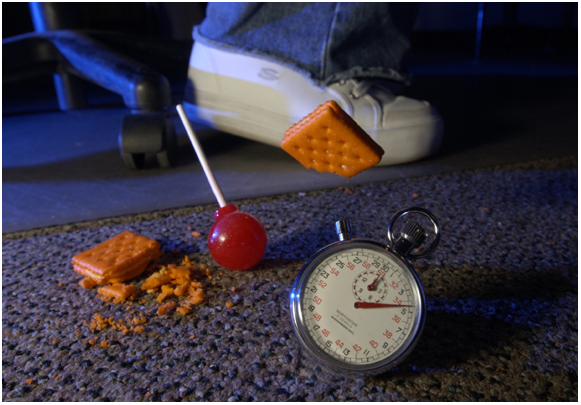
Sometimes we blow on it even to "get off the bacteria, germs and other stuff from the floor".
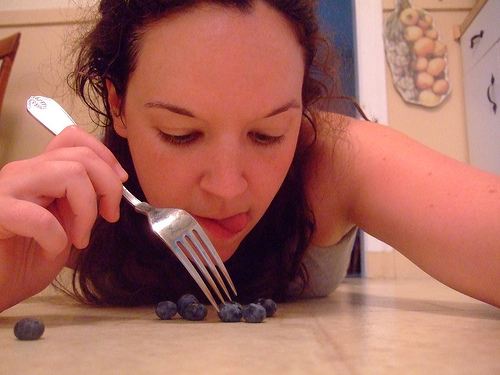
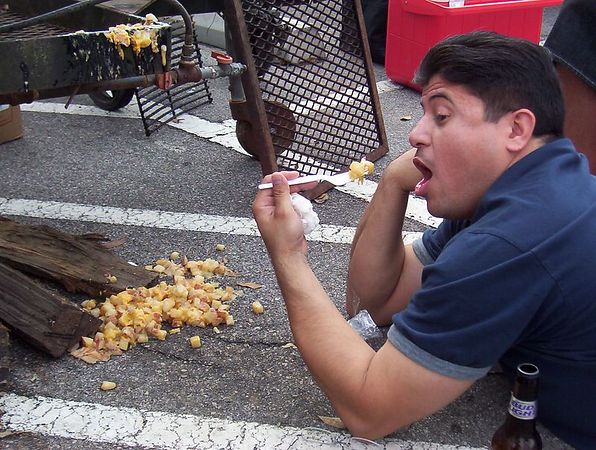
We all know that there is no scientific validity to this method of making sure that that we "get off the bacteria, germs and other stuff from the floor"
So why do we do it in blood testing in DUI?
In the past, I posted "The Carry-over Effect: Lack of Blanks between tests leads to false positive or inflated BAC results" where we discussed the carry-over effect in Blood testing in DUI cases.
A major source of potential carryover effect is the injector itself. The injector is what places the sample on to the column. Below is a diagram of an autosampler.
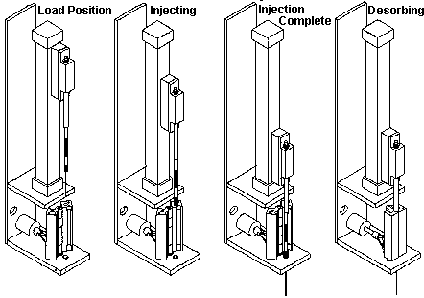
As we discussed blanks between unknowns within the run are not used even though this is the most scientifically responsible way to eliminate the possibility of carryover.
We also examined the role of the autodiluter and it as a possible source of carryover in "Carryover effect part Deux: Autodilution may be part of the problem for false blood results in DUI".
With the injector, the syringe itself is not changed in-between unknowns. Instead what is done is several volumes of inert gas (i.e., the carrier gas) is pushed through the syringe. It’s kind of like blowing on our food and the three second rule, isn’t it? Again, within the run, the machine operator does not configure that there is a blank between the unknown tests to confirm that this method of pushing inert gas does in fact insure against carryover effect. This is not scientifically acceptable.
So yet again, I simply say:
As an illustration, I draw your attention to a past post as a concrete example for this discussion. In "Highest reported BAC .708: I call Shenanigans", we discussed an extremely high reported BAC result. Much like our example, would you like to be the next test sample after that superhigh result? I would think not.
How about we start doing things in a scientifically responsible manner and run blanks in-between unknowns????
-Justin J. McShane, Esquire, Pennsylvania DUI Attorney
I am the highest rated DUI Attorney in PA as Rated by Avvo.com
You can follow me on Twitter, Facebook or Linkedin
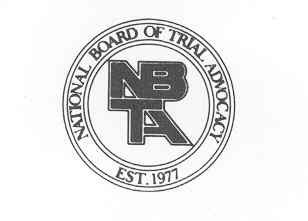
Board Certified Criminal Trial Advocate
By the National Board of Trial Advocacy
A Pennsylvania Supreme Court Approved Agency
Conroe Aggravated Assault Attorney says:
I really like your websites at https://www.paduiblog.com/pa-dui/carryover-effect-part-3-flushing-of-inert-gas-is-not-enough-to-prove-there-is-no-carryover/.
Handy expertise that is related to arrest warrant mickey hart.
Thanks so much for sharing.
Take a look at my web page Conroe Aggravated Assault Attorney